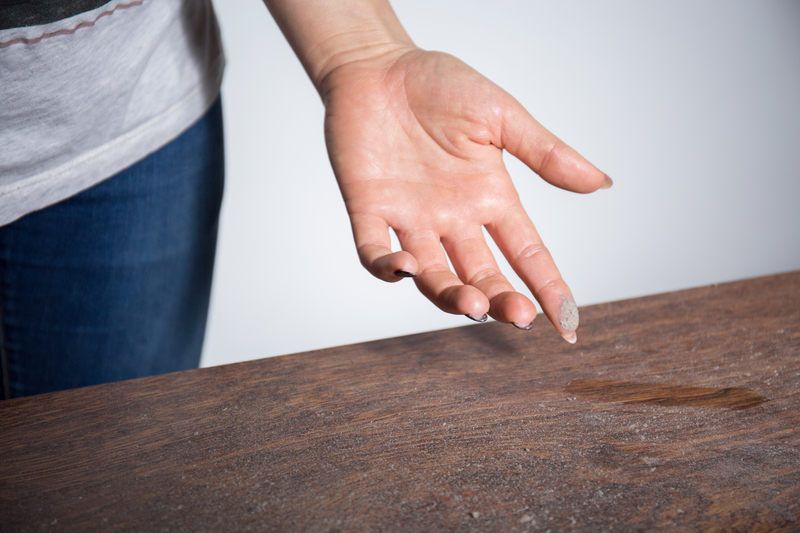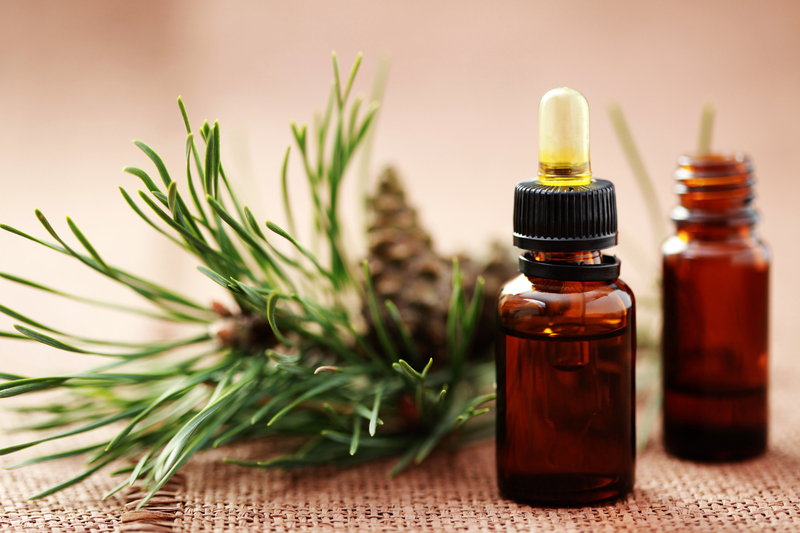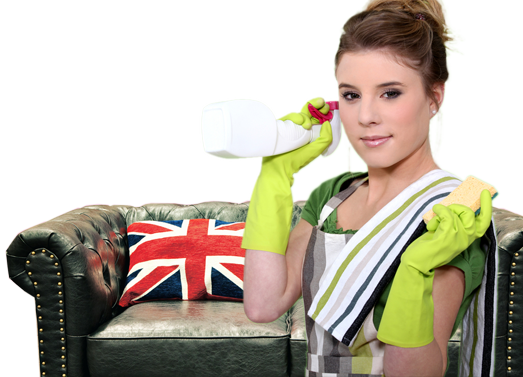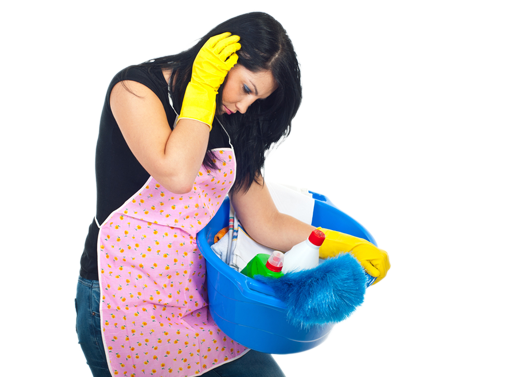Step-by-Step Guide to Clearing Burnt Stovetop Residue
Posted on 21/08/2025
Step-by-Step Guide to Clearing Burnt Stovetop Residue
Struggling with stubborn stains on your stovetop? By the end of this comprehensive, SEO-optimized guide, you'll have mastered how to clear burnt stovetop residue and restore your cooktop's shine and cleanliness. Let's discover the secrets to tackling the toughest cooked-on messes, ensuring your kitchen gleams once more!
Understanding Burnt Stovetop Residue
Burnt-on residue can be frustrating for anyone who loves cooking. Whether you're dealing with a glass, ceramic, or metal stovetop, those blackened patches of burnt food don't just look unsightly--they can also impact your stove's performance and hygiene.
- What causes burnt stovetop residue?
- Why removing it promptly matters
- How stovetop material influences your cleaning approach
What Causes Burnt-On Stovetop Stains?
Every cooktop is susceptible to food spills, oil splatters, and sauce overflows. When left unattended, these bits of food and grease get burnt onto the stovetop surface with each use. The more frequently it's heated, the tougher the residues become to remove.
Why Remove Burnt-On Residue Immediately?
Prompt cleaning prevents permanent stains, preserves the finish, and ensures your stovetop works at peak efficiency. Leaving burnt-on messes can also harbor bacteria and create unpleasant odors, making your kitchen less inviting.

Gathering the Right Tools and Supplies
Not all stovetops are made the same, and using the wrong tool can cause scratches or other damage. Here's a list of the best cleaning supplies and tools for clearing burnt stovetop stains, suitable for most surfaces.
- Baking soda
- White vinegar
- Dish soap
- Non-abrasive sponge or cloth
- Plastic scraper or cooktop blade (for glass/ceramic stoves)
- Microfiber towel
- Protective gloves
- Spray bottle
- Old toothbrush (for tight spots)
Step-by-Step Instructions for Cleaning Burnt Stove Tops
Follow these detailed steps to remove burnt stove residue and enjoy a sparkling kitchen again.
Step 1: Ensure Safety First
- *Unplug electric stoves* or make sure all burners are completely turned off.
- Wait until all surfaces have completely cooled to avoid burns.
- Put on protective gloves to shield your hands from harsh cleaners.
Step 2: Remove Loose Debris
- Clear pots, pans, and removable burner grates (if any).
- Wipe away any loose crumbs or food particles using a dry cloth.
Step 3: Soften and Loosen the Burnt Residue
Before you start scrubbing, it's important to soften stubborn, burnt-on foods. This makes the cleaning process easier and reduces the risk of scratching your cooktop.
- For glass or ceramic stovetops:
- Sprinkle baking soda over the burnt areas.
- Spray or gently pour white vinegar on top to create a fizzing reaction.
- Cover with a damp towel and let sit for 15-30 minutes to loosen residue.
- For metal burner grates or coils:
- Remove grates.
- Soak in a sink filled with warm, soapy water for 20-40 minutes.
Step 4: Scraping Away the Gunk
Once the residue is softened, use a plastic scraper or cooktop-safe blade at a low angle to carefully lift away the burnt bits. Work gently but firmly; avoid metal tools, which can scratch delicate surfaces. For stubborn spots, reapply baking soda and vinegar or repeat soaking.
Step 5: Apply a Cleaning Solution
- Mix equal parts dish soap and water in a spray bottle for everyday messes.
- For tougher stains, create a paste of baking soda and water.
- Apply generously to the stained areas, spreading evenly with a cloth or sponge.
Step 6: Scrub With a Non-Abrasive Sponge
- Gently scrub the surface in circular motions, applying light to moderate pressure.
- Use an old toothbrush for corners and crevices.
- Repeat as necessary for stubborn burnt stovetop residues.
Step 7: Rinse and Wipe Clean
- Use a damp microfiber cloth to remove any cleaner or paste residue.
- Rinse and wring out the towel regularly to avoid streaks.
- Buff dry with a clean, dry microfiber towel for a streak-free shine.
Step 8: Reassemble and Finish
- Replace grates, knobs, or burners once fully dry.
- Enjoy your refreshed stove and a clean kitchen atmosphere!
How to Tackle the Toughest Burnt Stovetop Residue
Some burnt-on stains can be particularly persistent. Here are additional methods to clear extremely stubborn stove burn marks:
Lemon Juice for Extra Cleaning Power
Cut a lemon in half and rub it directly onto the burnt areas. The acidity helps break down burnt food and leaves behind a fresh scent. Allow it to sit for 10-15 minutes before wiping clean.
Commercial Stove Top Cleaners
- Specialized glass cooktop and stove cleaners are available at most supermarkets.
- Always follow manufacturer's instructions and test on a small area first.
Razor Blades (for Glass Stovetops)
If you must use a razor blade, choose one specifically designed for glass. Hold it at a 45-degree angle and carefully scrape away residue, being careful not to scratch the surface. Always keep fingers away from the edge and use gentle pressure.
Tips for Preventing Stovetop Burnt-On Residue
Once you've achieved a spotless stovetop, preventing future burnt-on messes is much easier than repeated deep cleaning! Here are smart tips for keeping your stove top pristine:
- Clean spills immediately: Don't let them harden or burn onto the surface.
- Wipe down the stovetop after each use with a damp microfiber cloth.
- Use pot and pan lids to minimize splatters when simmering sauces or frying food.
- Place protective liners (for gas stovetops) to catch drips before they burn.
- Deep clean once a week for busy kitchen stoves.
- Avoid using abrasive pads or harsh chemicals that can scratch or damage your stovetop's finish.
Cleaning Specific Stovetop Types: Methods and Cautions
Not all stovetops are made the same. Let's break down how to clean glass, ceramic, and gas stovetop surfaces without risk.
Glass & Ceramic Cooktops
- Use plastic scrapers only--never metal.
- Avoid harsh, gritty powders that can cause microscratches.
- Clean up acidic spills (like tomato or vinegar) promptly to prevent etching.
Gas Stoves
- Remove burner caps and grates for easier cleaning.
- Wipe down the igniter and avoid getting it wet.
- Dry burner parts thoroughly before reassembling.
Electric Coil Stoves
- Remove coils before cleaning drip pans.
- Avoid soaking the electric elements--wipe with a damp cloth only if needed.
- Ensure parts are completely dry before plugging back in.
Frequently Asked Questions: Clearing Burnt Stovetop Residue
-
Can you clean burnt stovetop residue without vinegar?
Yes! Baking soda and lemon juice, or even hot, soapy water can work for many stains. -
Is it safe to use metal scrapers on burnt-on glass cooktops?
No. Always use plastic or cooktop-approved blades to avoid deep scratches. -
Does regular cleaning help prevent permanent stovetop stains?
Yes. Wiping down the stove after each use is the best way to minimize build-up. -
Can I use baking soda and vinegar together for a burnt stove?
Absolutely! The fizzing action helps loosen tough residues and makes scrubbing easier.

Conclusion: Achieve a Spotless Stove Top Every Time
Clearing burnt stovetop residue doesn't have to be a daunting task. With the right approach and a bit of patience, you can easily tackle even the toughest burnt-on stains. Remember to use gentle cleaners, adopt preventative habits, and clean up messes promptly. Your kitchen will not only look better but will also be more pleasant and sanitary for all your cooking adventures!
*Get started today and enjoy the satisfaction of a sparkling, burnt-residue-free stovetop!*
More Kitchen Cleaning Solutions You'll Love
- How to Deep Clean Oven Racks
- Best Ways to Clean Stainless Steel Appliances
- Quick Guide to Removing Microwave Stains
Have you tried any of these stovetop cleaning tricks? Share your own tips or ask questions below!





